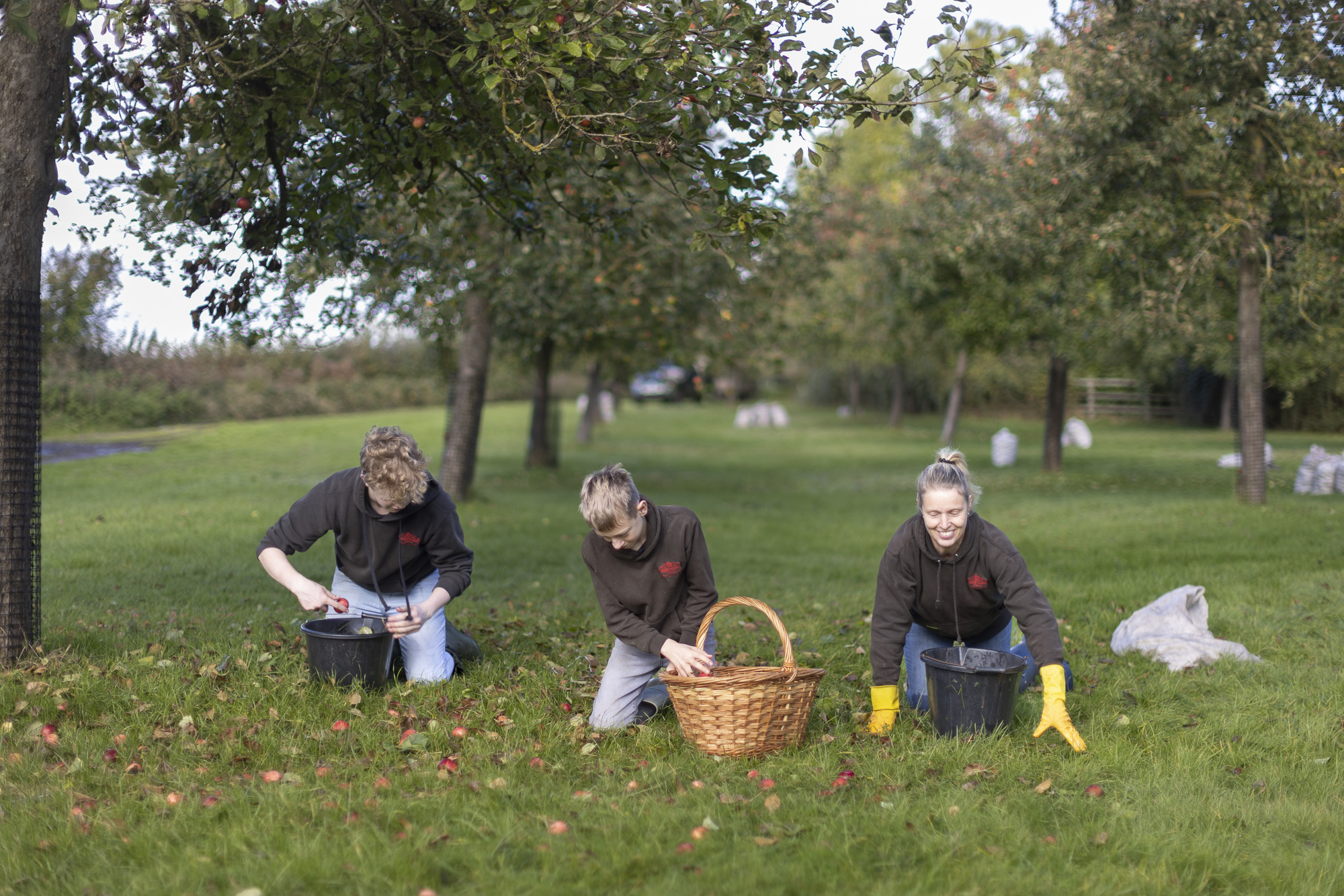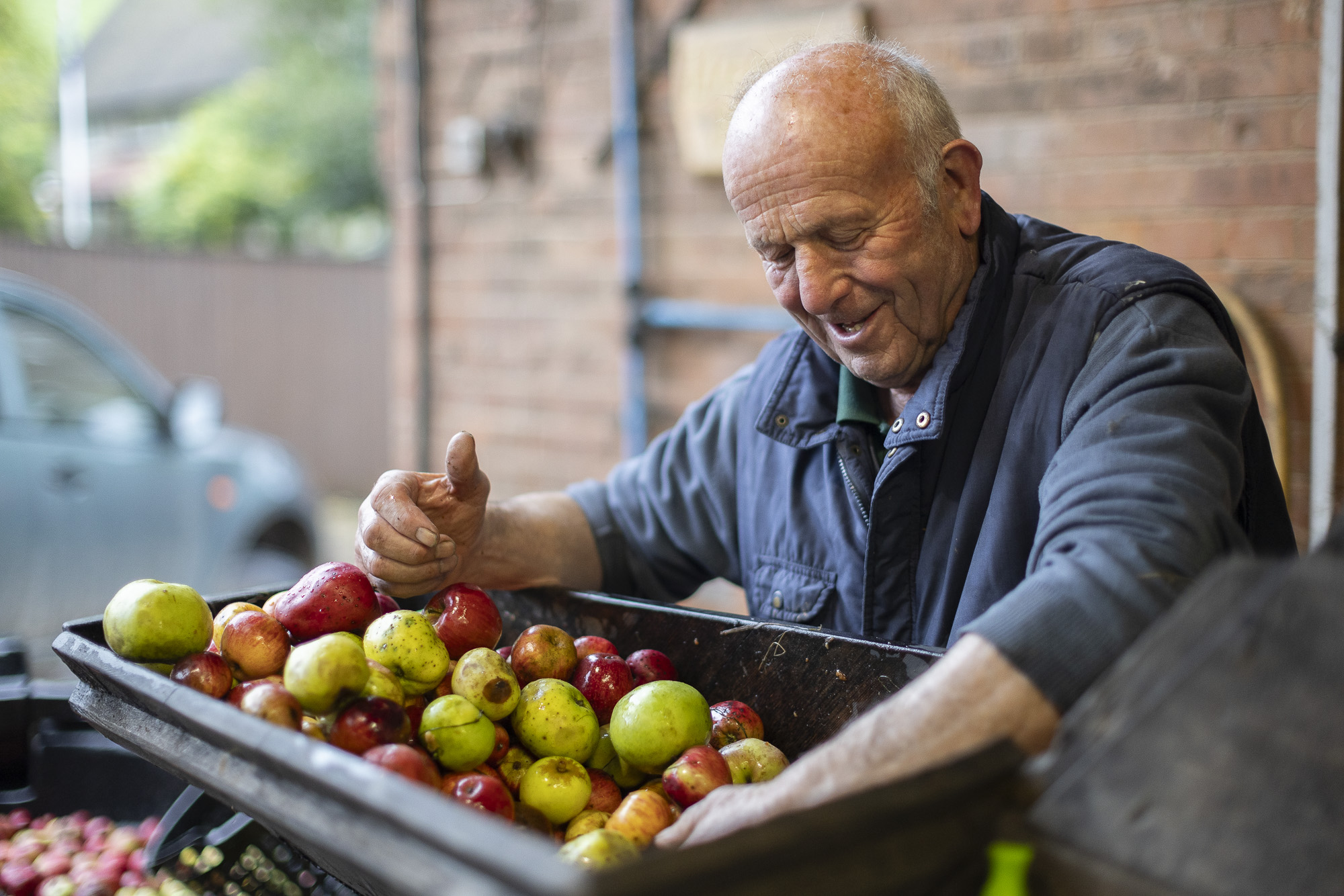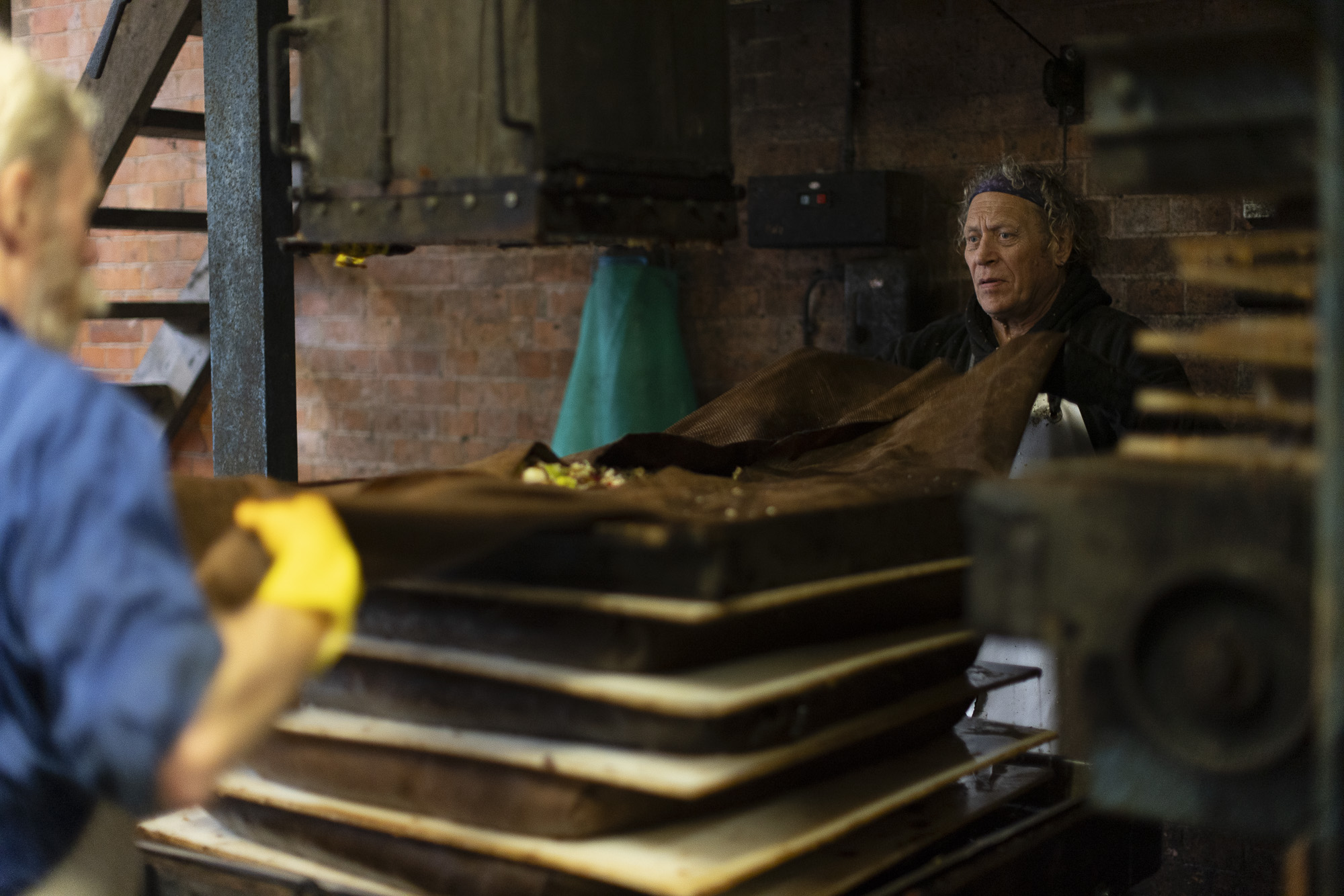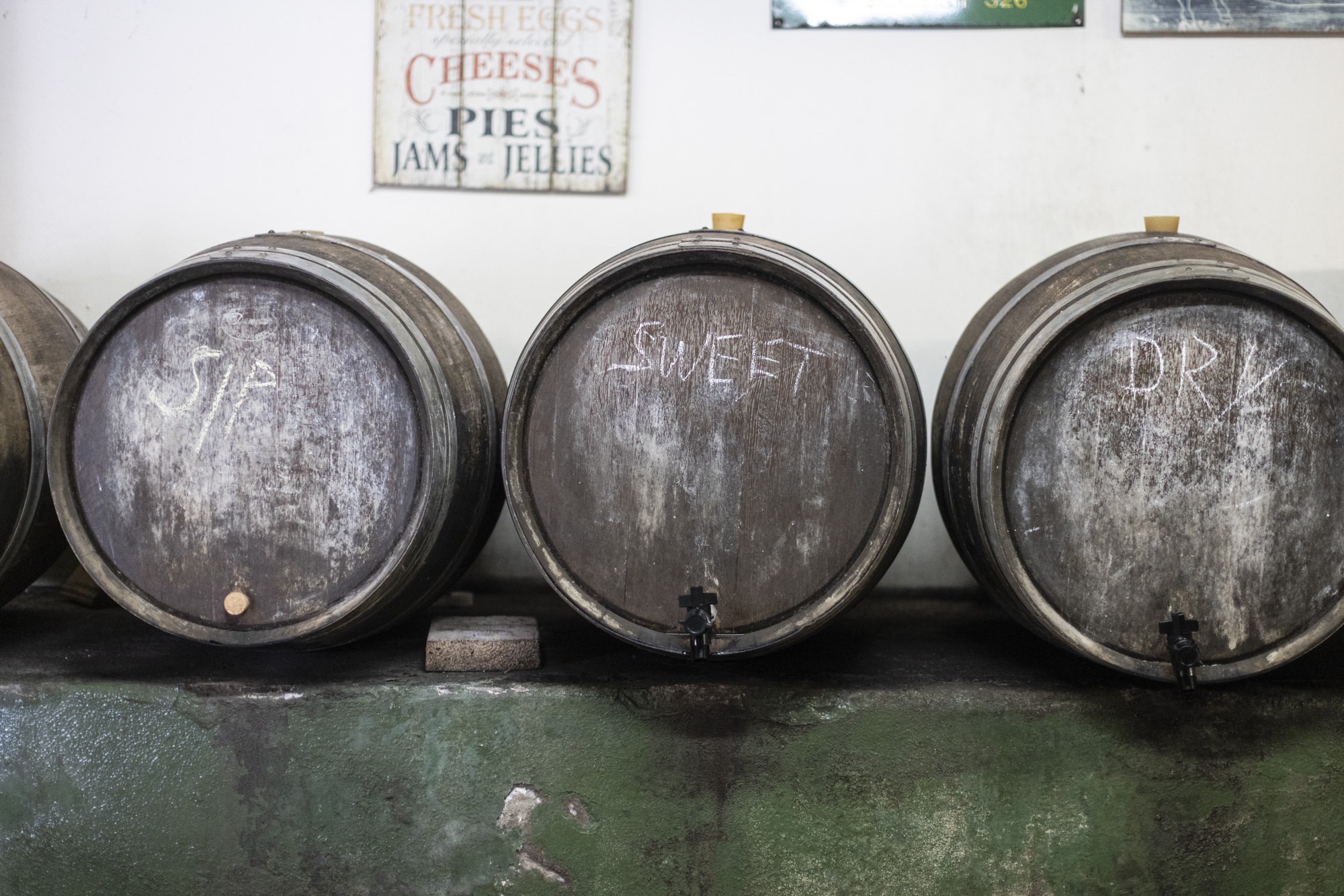Process
A Quick Guide to the Cider Making Process
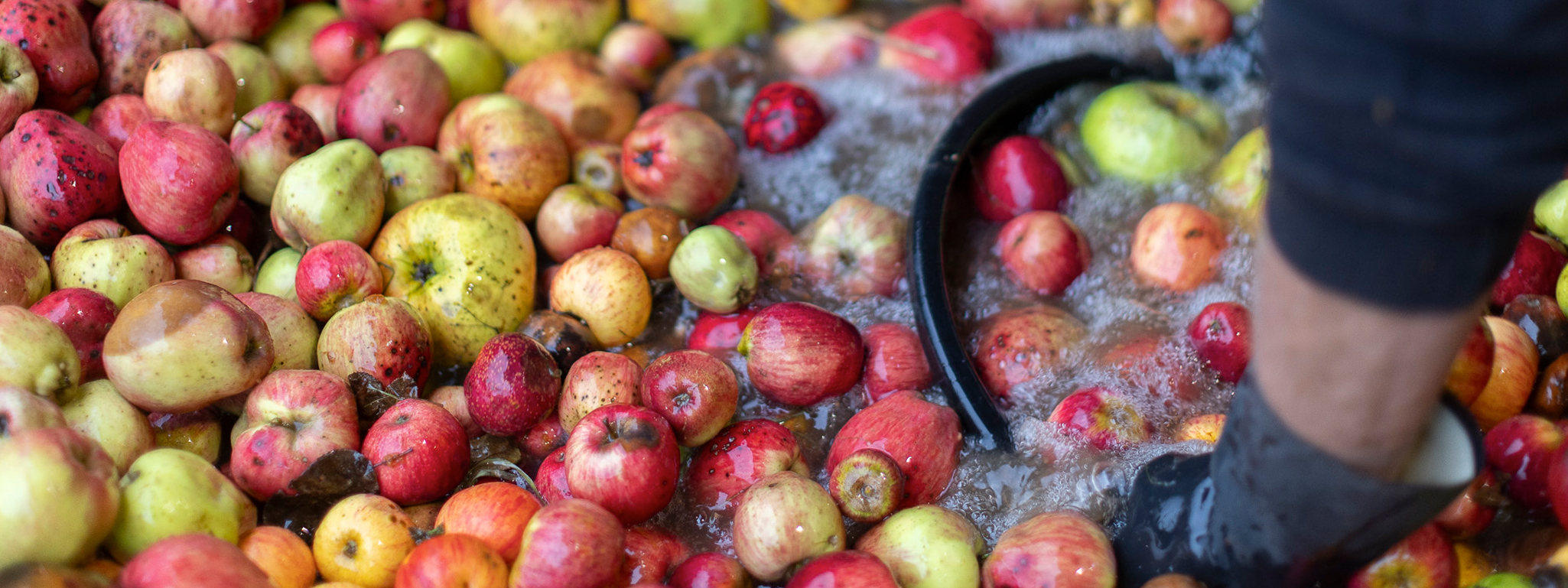
Process
A Quick Guide to the Cider Making Process
Harvesting
The fruit will ripen from late September to late November depending on variety. Some varieties such as Morgan’s Sweet can be harvested when the leaves are still on the trees in clement weather. Dabinett and Michelin are only ready in cold mid November. A tractor mounted tree shaker is used to harvest the crop. The machine is connected by a wire rope to the trunk of the tree, the PTO driven machine vibrates the rope to and fro and shakes the tree, which causes the fruit to drop. It’s then swept up by our apple picking machine into bags.
Washing and Milling
The Cider Press
Fermentation
The juice is then transferred to 1000 litre tanks to ferment. Fermentation is the process where the sugar in the juice is turned to alcohol with the help of yeast. This process can take between 6-60 days.
Rats
We are often asked if it is true that cider makers put rats or animal heads in their cider and although going back to an earlier period, there was a good reason for putting an old piece of mutton or some such into the barrel of juice. It gave the wild yeast something to multiply on and with a stronger yeast culture, the natural sugars were sooner converted to alcohol and the fermentation finished quicker. Allowing one the advantage of selling or drinking the cider several weeks before ones neighbours. You will be relieved to learn that we do not put rats or mutton into the cider we produce.
